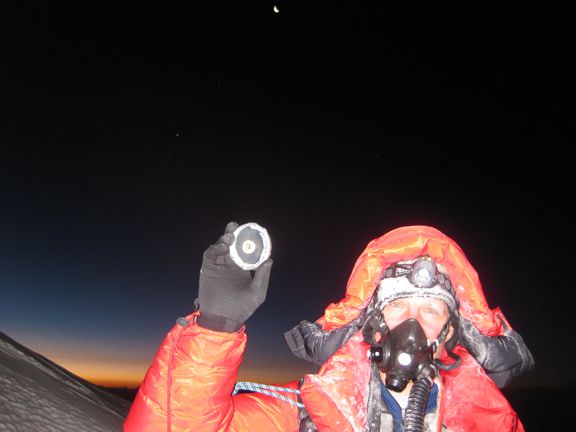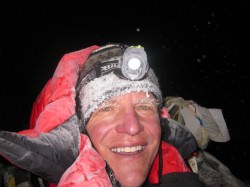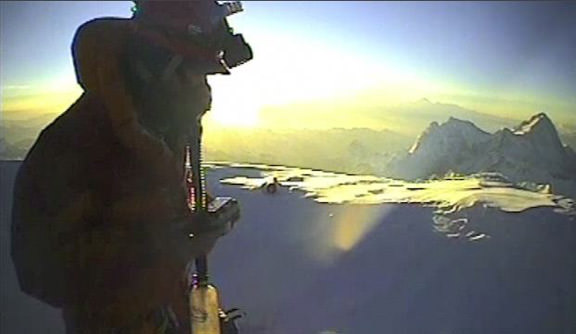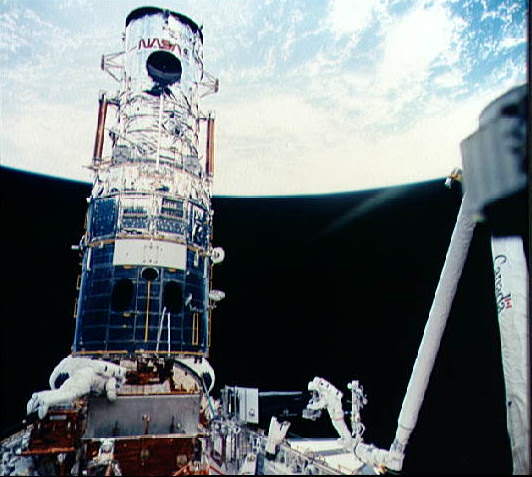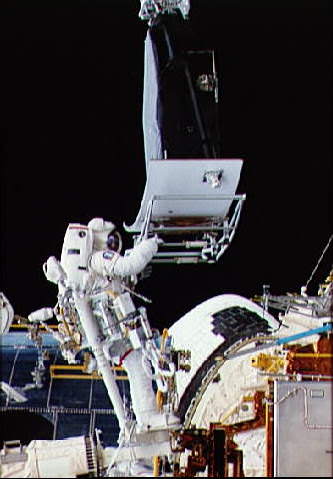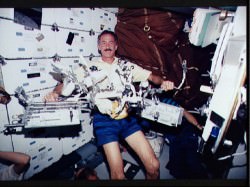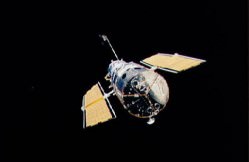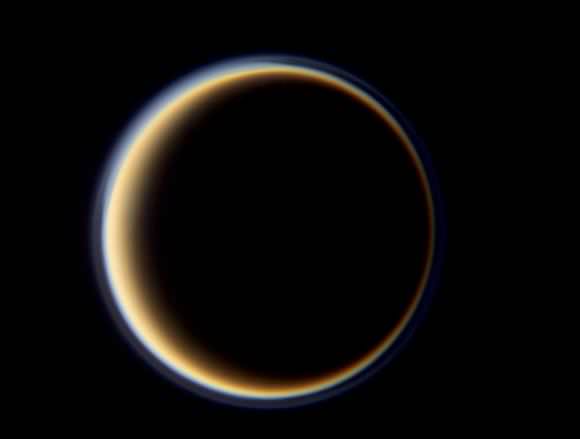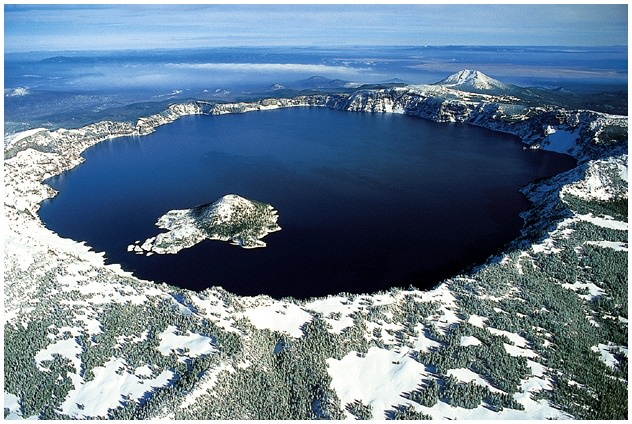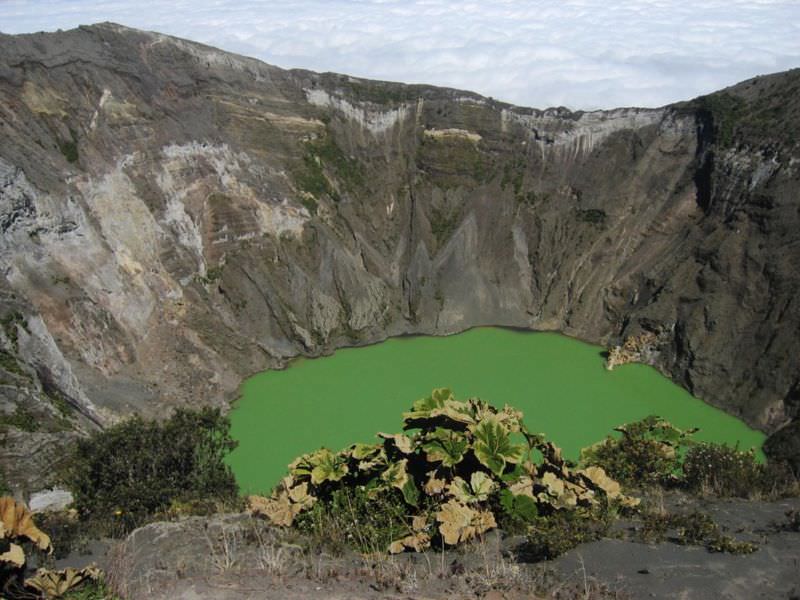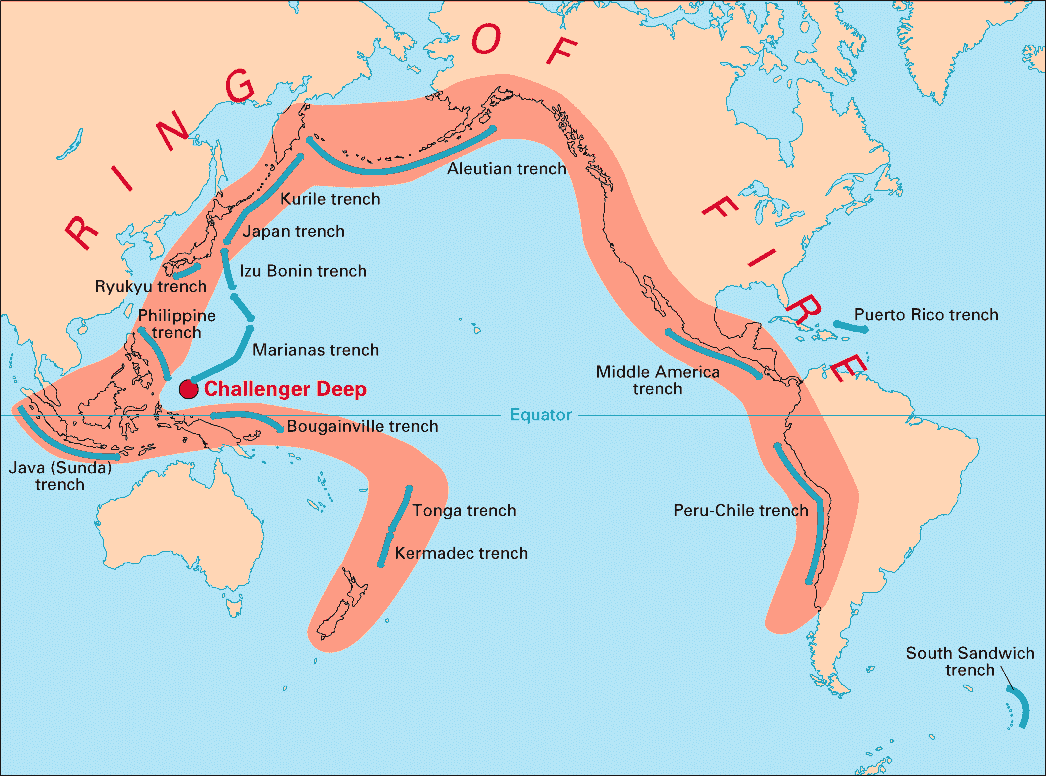Were you tuned in to Galactic TV today? If not, you missed a real treat. The southern skies were exceptionally clear and dark. And you know what happens when you’re photon-deprived, don’t you? Darn right… We played all night. If you didn’t get a chance to see the action, don’t despair. Believe it or not, we really and truly care about giving you an opportunity to see through the eyepiece, too… That’s why we took videos of all of tonight’s objects to share. Why not step inside and have a look at the mysterious Sombrero Galaxy, beautiful open cluster NGC 6231, huge barred irregular galaxy NGC 55 and a surprise treat… Comet C/2009 G1 (STEREO)!
I couldn’t wait to get upstairs to my office today and for the skies to get dark in Central Victoria. I had a feeling that the IYA Live Telescope was going to be doing some great things and I wasn’t disappointed. First object up? M104… the Sombrero Galaxy…
The Sombrero Galaxy (also known as M104 or NGC 4594) is an unbarred spiral galaxy in the constellation Virgo. It has a bright nucleus, an unusually large central bulge, and a prominent dust lane in its inclined disk. The dark dust lane and the bulge give this galaxy the appearance of a sombrero. The galaxy has an apparent magnitude of +9.0, making it easily visible with amateur telescopes. The large bulge, the central supermassive black hole, and the dust lane all attract the attention of professional astronomers.
Sure, the Sombrero is cool and I loved every second of it. But… About the time I had my coffee finished, I had Uranometria open and digging for some southern studies. Chances are I’ll never be well enough, nor rich enough, to visit ‘down under’ so I really want to see some of these clusters with my own eyes. I want to sketch them… Log them… Look up their RA and Dec. I want to call them my own… I want to beg Bert (our intrepid volunteer at Southern Galactic Telescope Hosting who stays up all night just to aim this scope for us for free cuz’ he’s cool… ) to move that scope!
Next up? NGC 6231….
NGC 6231 is an open cluster located near Zeta Scorpii. Zeta1 and Zeta2 Scorpii are members of this star cluster. This cluster is estimated about 3.2 million years old, and is approaching the Solar System at 22 km/s. Very young stars including it, belong to the Scorpius OB association. Zeta1 Scorpii (spectral type O8 and magnitude 4.71.[1]) is hottest star in it. It was discovered by Giovanni Batista Hodierna before 1654. Hodierna listed it as Luminosae[2] in his catalogue of deep sky observations. This catalogue was included in his book De Admirandis Coeli Characteribuse published in 1654 at Palermo. It was independently observed by other astronomers after Hodierna.
Aaaaaaah…. What a beauty! Totally satisfied, I put my sketches away in my desk, logged my information and settled into work. Why be a scope hog? I logged off to give others some free air space and next thing you know? Well, Bert is tugging on my virtual sleeve and telling me to look again. Holy cow… Check this out! He’s got NGC 55 in!!
NGC 55 is a barred irregular galaxy located about 7 million light-years away in the constellation Sculptor. NGC 55 and the spiral galaxy NGC 300 have traditionally been identified as members of the Sculptor Group, a nearby group of galaxies in the constellation of the same name. However, recent distance measurements indicate that the two galaxies actually lie in the foreground. It is likely that NGC 55 and NGC 300 form a gravitationally bound pair.
Well, I didn’t think anything could top that. I watched fascinated as the pencil slim galaxy filled the whole screen and the nucleus would scream in and out. I couldn’t believe how huge it was! Structure… my word… We’ve got structure coming out of an edge-on galaxy in a little bitty scope set on the edge of the world. So, I start digging around for my pencils and paper again. More sketches? Yeah. More sketches.
Then Bert really lays one on me. He’s going to try for something even I wouldn’t dream our little IYA scope could pick up. He asks me for some information and brother? I’m on it. I guarantee you within 180 seconds we both had the epoch and charts ready and I even had the coordinates. The instant message said he had to stop for a few minutes to dark adapt and we were going for it… Could it be? Could it happen? Yeah. It did.
Our final target for the day was Comet C/2009 G1 (STEREO). At magnitude 10.2 (RA 0h 37m 26s Dec 37°36’6″) we weren’t going to set any records for showing it bright and beautiful – but considering we’re running with an 80mm scope, we aren’t doing too bad! It’s faint, but it’s darn near center and if you’re good at the eyepiece? You can’t miss it.
Have a look…
Comet C/2009 G1 was discovered by Jiangao Ruan of China who found the 10th magnitude fuzz ball on images taken by the SECCHI HI-1B instrument onboard one of the STEREO spacecraft. Since the comet was discovered in spacecraft data it was naturally named after the spacecraft – and thus the name STEREO. Pretty cool considering the data is public domain and the person who caught it out was an amateur watching what was going on! Congratulations to Jiangao on his 19th find from SOHO and STEREO data in less than a year!
So, while Bert filmed the video for you to try and capture the movement of the comet, I called every comet watcher I knew on the telephone and we were all glued to our monitor screen sketching this comet and comparing star charts and logging the stars for our records. Once crazy? Always crazy. I guess even having a Comet Hunter’s Gold Medal hasn’t stopped the fever! (Hopefully those of you who are also working on your AL comet studies will take the clues I’ve left you and do the same!)
Well, I hope you had as much fun viewing the videos as we did taking them for you! As always, check the IYA Live Telescope for broadcasts whenever you get a chance. We’re working on picking up other observatories around the world and maybe before the end of the year we’ll even be running something 24/7! (yeah, rite… like there’s somewhere in the world that’s not cloudy all the time?)
Italicized information is a direct quotation from Wikipedia and we appreciate it!



